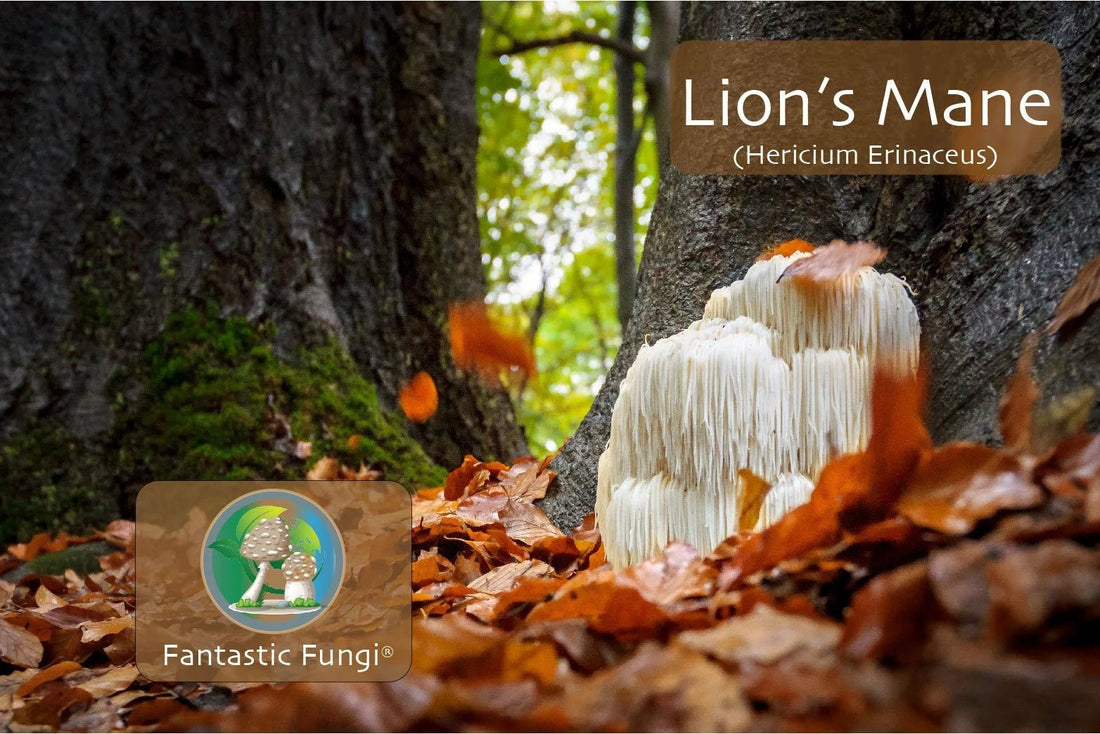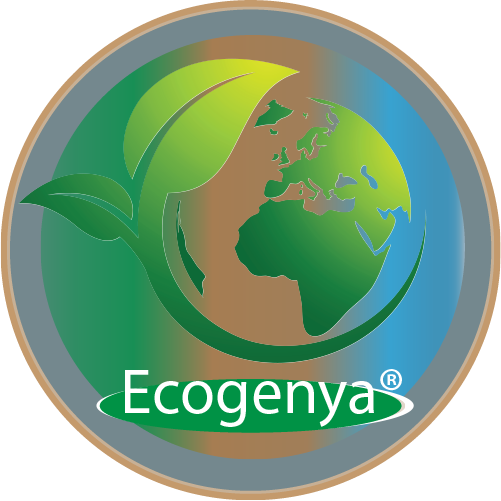
Lion’s Mane Mushroom (hericium erinaceus) – King of the forest
Share
Lion's Mane Mushroom
Lion’s mane mushroom (hericium erinaceus) could be the “King of the Jungle” when it comes to medicinal mushrooms. I believe they saved my life.
When I first heard about the Lion’s Mane mushroom (hericium erinaceus), I thought it was named after the Lion because it was powerful and medicinally potent.
I soon realized that it was named after the Lion because the fruiting body – the part that grows above ground and on trees – looks very much like a lion’s mane.
But after spending countless hours, days, weeks and months researching it, the power of this amazing medicinal mushroom may be closer to the truth.
I have personal experience with lion’s mane mushrooms and their medicinal properties. They helped me to get back on my feet again after a terrible car accident, addiction to prescription painkillers, divorce, depression and anxiety.
So writing this article is not only to sing the praises of lion’s mane, but it’s also part of my healing process.
I will tell more of my own story in posts to come, as it’s not easy to talk about, but I can honestly say that I owe much of my recovery to the monkey head. 🙂
What exactly is a Lion’s Mane Mushroom (hericium erinaceus)?
Hericium Erinaceus, also known as the lion’s mane mushroom, the lion’s tooth mushroom, yamabushitake, the bearded Hedgehog (this is where it gets its scientific name), and the monkey head mushroom (no I didn’t make that up).
It’s native to North America, Europe and Asia, and begins to fruit in the spring, but really takes off in the fall.
They can be readily found growing on dead and dying hardwood in the wild.
What is Lion’s Mane mushroom used for?
For centuries, humans have been consuming lion’s mane for many different reasons. In fact, it is a staple in homeopathy and traditional Chinese medicine.
It wasn’t until relatively recently that scientists began looking at the compounds contained in lion’s mane mushrooms more carefully to determine its medicinal benefits.
Today, lion’s mane mushroom is used to treat many health conditions, especially those that are related to cognition.
So how does hericium erinaceus work?
When I say that I spend hundreds of hours researching lion’s mane mushroom, I’m not exaggerating. That’s how my brain works.
When I get something in my head, I spend an enormous amount of time going in and out of websites and chat rooms and other rabbit holes. This is not always a good thing but sometimes it pays off.
I read every scientific study I can get my hands on (yes, I am a nerd), and I try to make sense of it. Sometimes I’m successful and sometimes, well, I just get more confused.
But in the end, especially when it comes to lion’s mane mushrooms, I’m usually able to cut through the marketing and sales copy and opinion, and get to the facts.
In this case, the facts are clear to me.
Lion’s mane mushroom (hericium erinaceus) contain many beneficial compounds, but the two most noteworthy are hericenones and erinacines.
They are both special because they can pass through the blood-brain barrier and induce the production of Nerve Growth Factor (NGF), a naturally occurring chemical that tells our brain to regrow neurons.
They have also been shown to reduce the plaques in our brains that are present in brains suffering from Alzheimer’s disease and other neurological diseases.
In other words, the medicinal compounds can travel from our blood, directly into our brains where they are able to help it to heal and reduce inflammation.
It makes it obvious to me why they are and have been used for so many centuries as cognition enhancers.
For me, it hits close to home because when someone suffers a traumatic brain injury, as I did, the pathways in the brain are damaged and the signals get crossed.
In time, the brain will recreate these pathways the same way people who have strokes are eventually able to retrain their brains to bypass the damaged areas and form new connections.
Hericenones and erinacines have the amazing ability to speed this process up. This is especially important in older people because after a certain age, usually in late childhood, our brain loses much of its plasticity, or its ability to regrow neuron pathways.
Neurons are like the wires in a computer. Just like a computer sends electrical signals through a wire, our brains send electrical signals through neurons to tell our bodies what to do.
When our neurons are damaged, the signals break down, just like in a computer. And we all know how that feels.
The compounds in lion’s mane have been shown in scientific studies to help our brains repair these pathways and to heal without harsh chemicals or surgery.
There is so much more to talk about when it comes to the medicinal compounds in lion’s mane, and I will come back to them in further posts.
But for now, I can say that lion’s mane mushrooms and the compounds they contain are great for our brain health.
Should I eat fresh Lion’s Mane mushrooms? What does the science say?

The short answer is yes. I do. Regularly. Not only are they great for you, they taste great.
In fact, I am convinced that my lion’s mane mushroom vegetarian crab cakes are better than real crab cakes. (If you’d like the recipe, just message me).
But like anything else, you need to use caution.
Mushrooms, like any other food, can cause allergic reactions in people. So consult your family physician first. But I can confidently say that I think you’ll love lions mane mushrooms, especially if you’re already a mushroom lover.
Do humans get the same nutrients from eating lion’s mane mushrooms as they do from using mushroom nutrient extract powder?
The answer here is not exactly.
Yes, the fruiting body of lion’s mane mushrooms contain most of the same nutrients found in extract powder, but some of these nutrients are locked up in something called chitin.
Chitin is a polysaccharide and is the main component of fungi cell walls. It’s great for its purpose of building and protecting mushrooms, but our bodies can’t break it down, so we can’t absorb the important nutrients.
Many mushroom nutrient extracts use special techniques which break down the chitin and extract the nutrients from it. This is why eating mushrooms, or ground up mushrooms is not the same as eating extracts.
When you grind up a mushroom, you are not getting the beneficial compounds from its mycelia.
Thousands of years of use by our ancestors as well as modern day scientific studies have shown that lion’s mane mushrooms (hericium erinaceus), contain many beneficial medicinal compounds.
They are especially useful for cognition and to fight diseases like dementia and Alzheimer’s disease.
How is Fantastic Fungi® brand Lion’s mane (hericium erinaceus) mushroom nutrient extract different from the others?
Fantastic Fungi® brand Lion’s mane Mushroom Extract powder and capsules have been carefully developed to offer the most benefit possible.
Our lion’s mane powder is made from 100% organic lion’s mane fruiting bodies so that all of the beneficial medicinal compounds are extracted.
We use state-of-the-art extraction methods that break down the mushroom’s chitin and unlocks the powerful compounds inside them.
All of our mushroom extract powders are certified organic, non-GMO, halal, kosher and vegan.


